Aurat March '22 in all its colours and feminist glory
Straight from the Jinnah ground to your phones, messages of labour rights and women rights in ink.
KARACHI:Threatened by the unknown, we carry in our hearts an incomprehensible loathing for things we don’t understand, people we’ve never stepped in the shoes of and colours we’ve always been too afraid to wear. Conditioning plays a huge role in framing our perception of things that we’ve never studied because frankly, we don’t want to. We want to steer clear of the drama, step away from the spotlight, live in the shadows and continue to wear the same old jeans, white shirt and tint our lips pink.
But blue, yellow and crimson eyes with white hair and neon dyes, stripped leggings and purple tops are rarely our choice of props. Used to living on standby, we don’t align with energies outside of our two-door closet. And rarely do we ever interact with aesthetics outside of our comfort zone. Yet, Aurat March sees an array of these colours and aesthetics speaking for themselves each year. And this time, red carpets rolled out in a first at Jinnah Park opposite Mazar-e-Quaid for women who are little heard, alongside sexual minority groups who are often ignored and berated for simply existing.
The crowd began gathering around 2:30PM for the annual protest in Karachi and soon as the clock struck 3:00, chants of Azaadi began roaring across the venue. While last year’s Aurat March aimed to highlight the discrimination faced by women and sexual minority groups when accessing healthcare in Pakistan, this year’s manifesto focused on Ujrat (Labour), Tahafuz (Security) and Sukoon (Rest), as did the placards that were raised.
The move to Jinnah Park was motivated by an attempt to make Aurat March more inclusive, as per the protest’s organizer and social activist Sheema Kermani, who further told The Express Tribune, “Aurat March is not anymore, like everyone accused us of, focused on entertaining a certain class. It has gone beyond that, it’s becoming a movement now; a feminist movement that goes beyond classes, one that’s intersectional and intergenerational.”
The evolution of the march, which is now a movement in the making, became evident from the well sought-out placards that women and minority groups raised this time around. With no disrespect to either the previous or this year’s mottos, the messages this time around had a ‘take it or leave it’ ennui to them while the aesthetics continued to talk loudly and proudly.
Thus, here’s presenting some of our favourite emblems and appearances from this year's event.
1646823347-1/1-(1)1646823347-1.jpg)
1646823347-2/2-(1)1646823347-2.jpg)
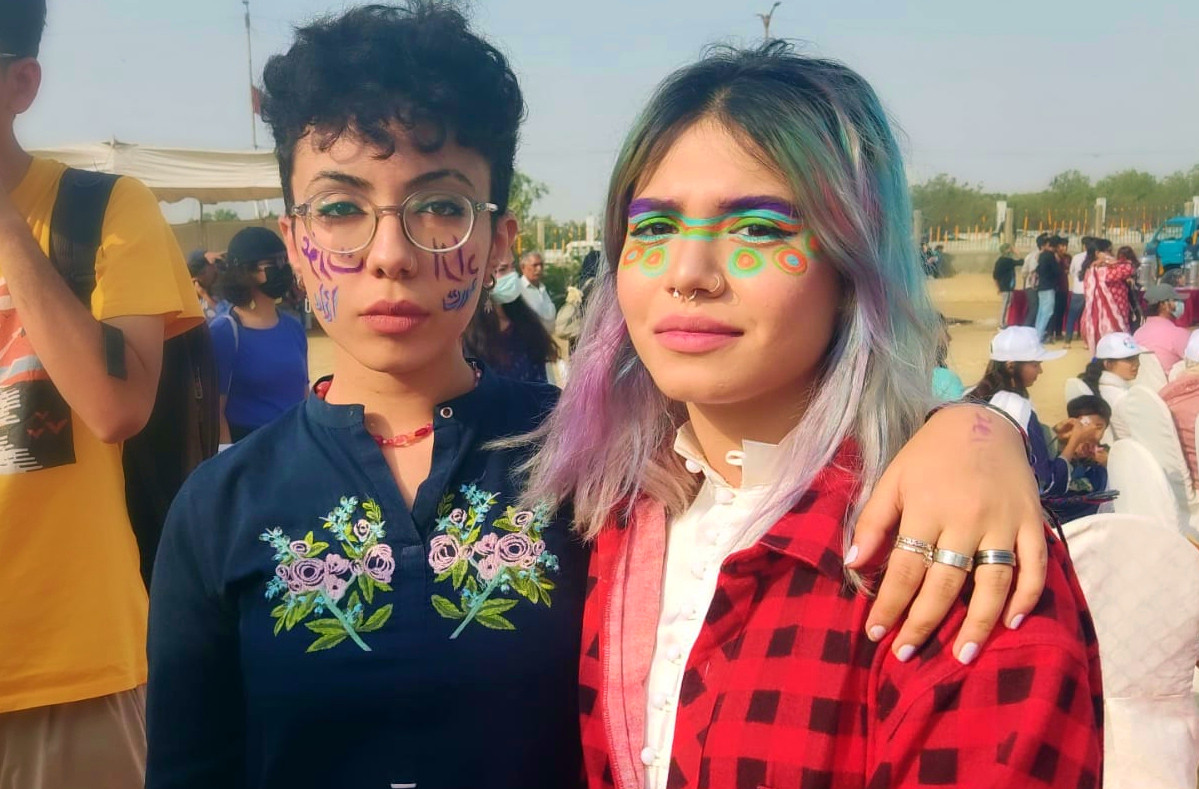

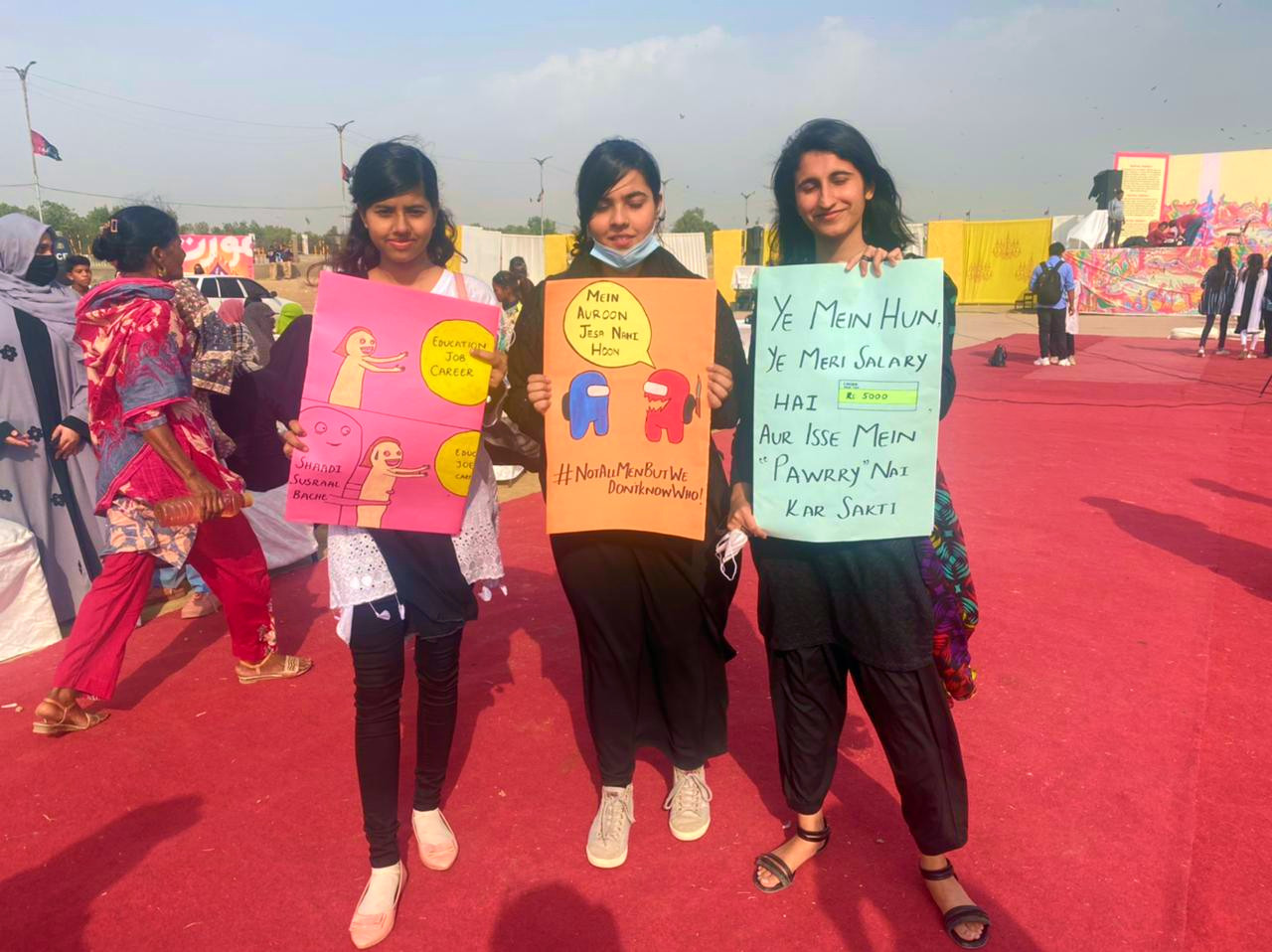
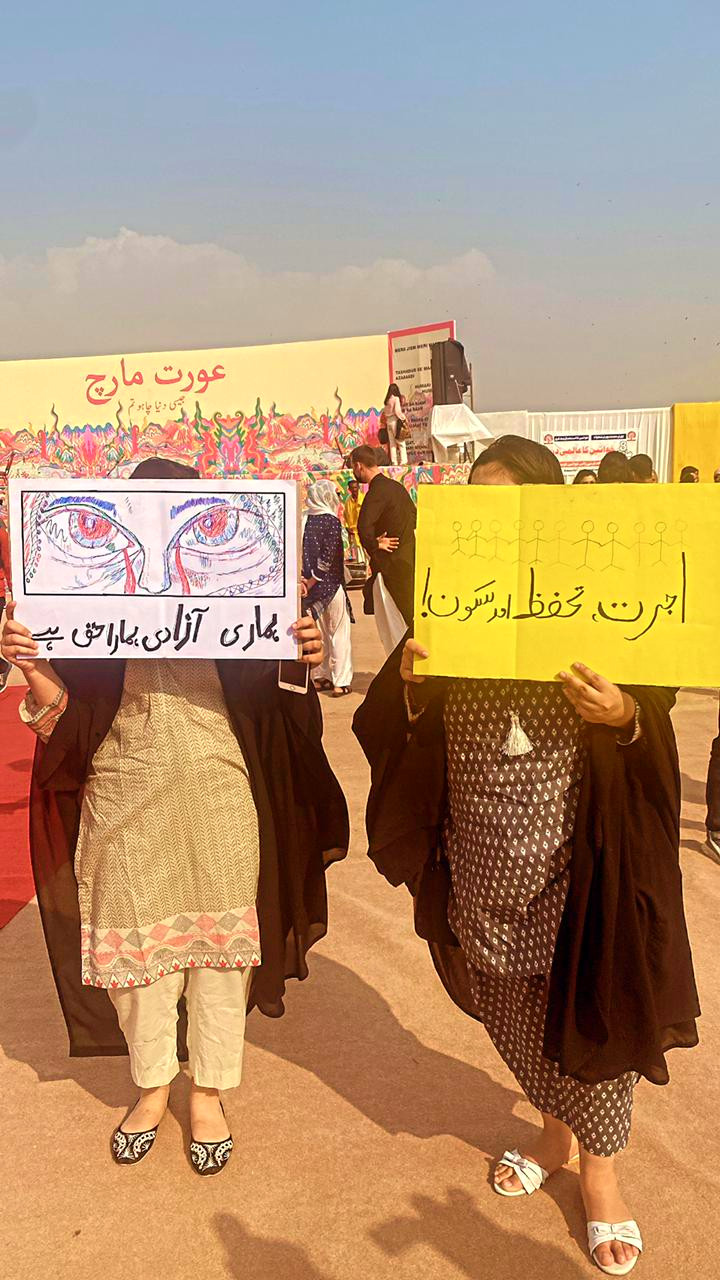
1646820425-8/WhatsApp-Image-2022-03-08-at-5-08-17-PM-(1)1646820425-8.jpeg)
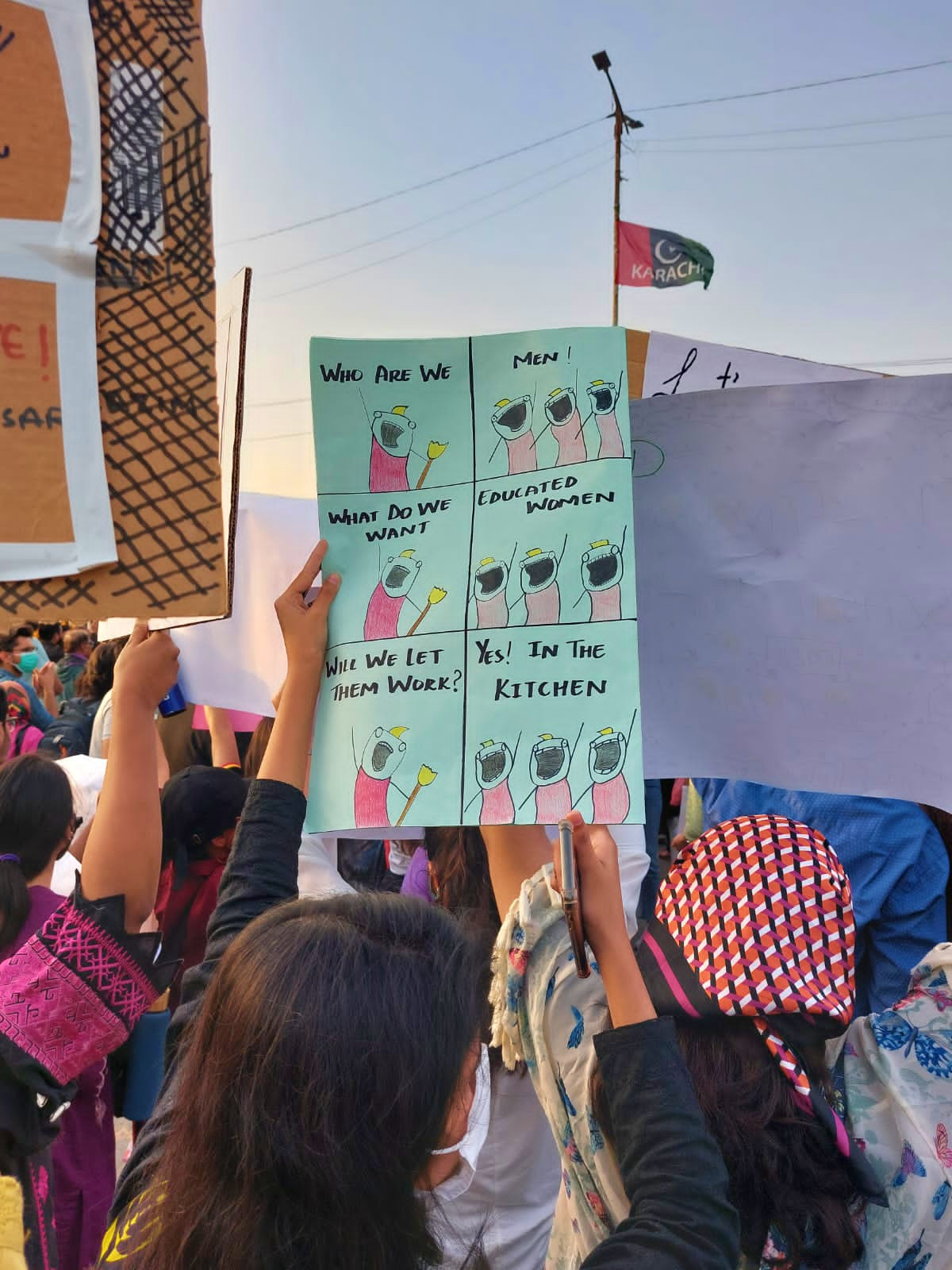
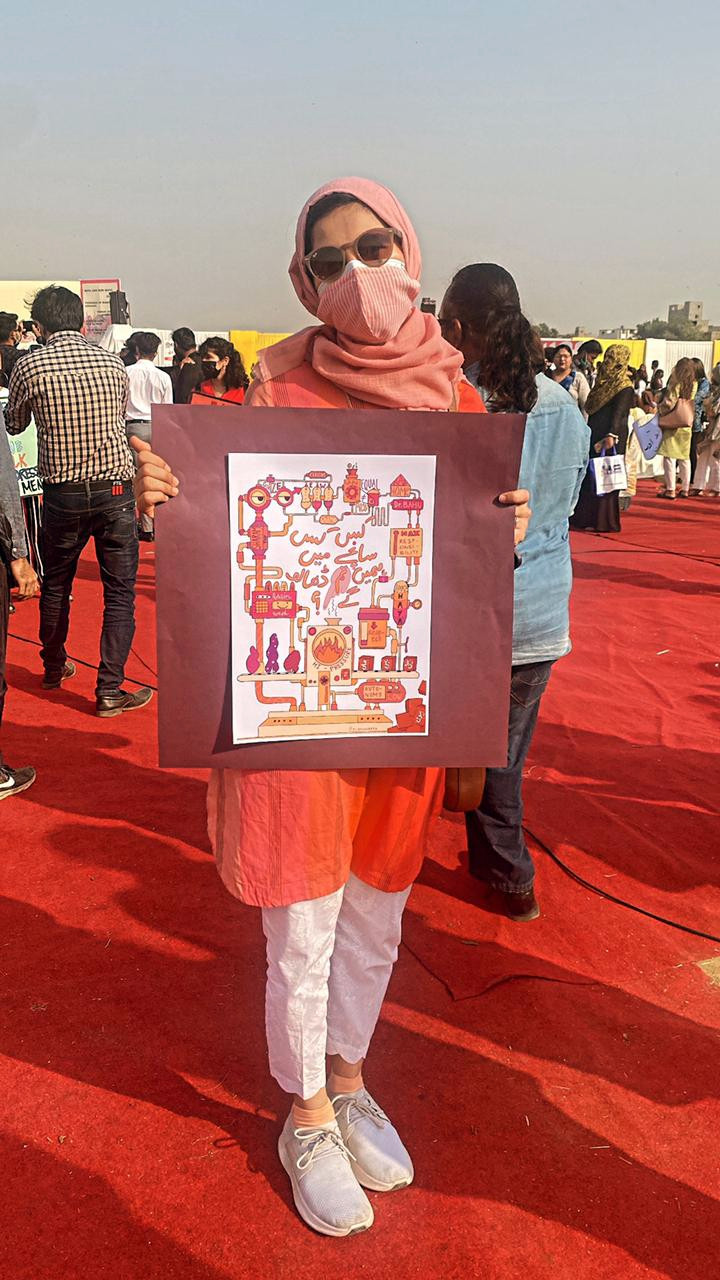
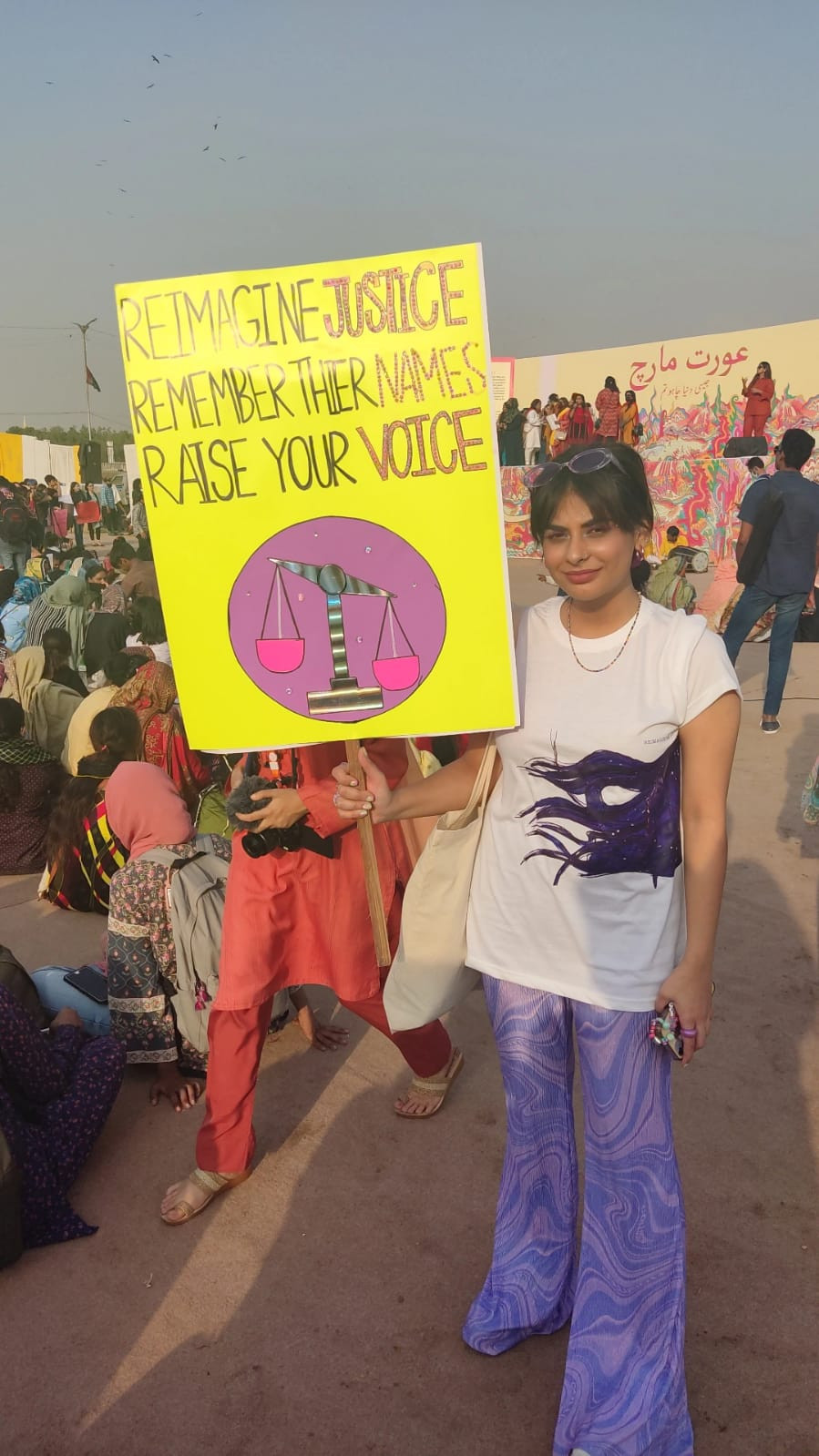
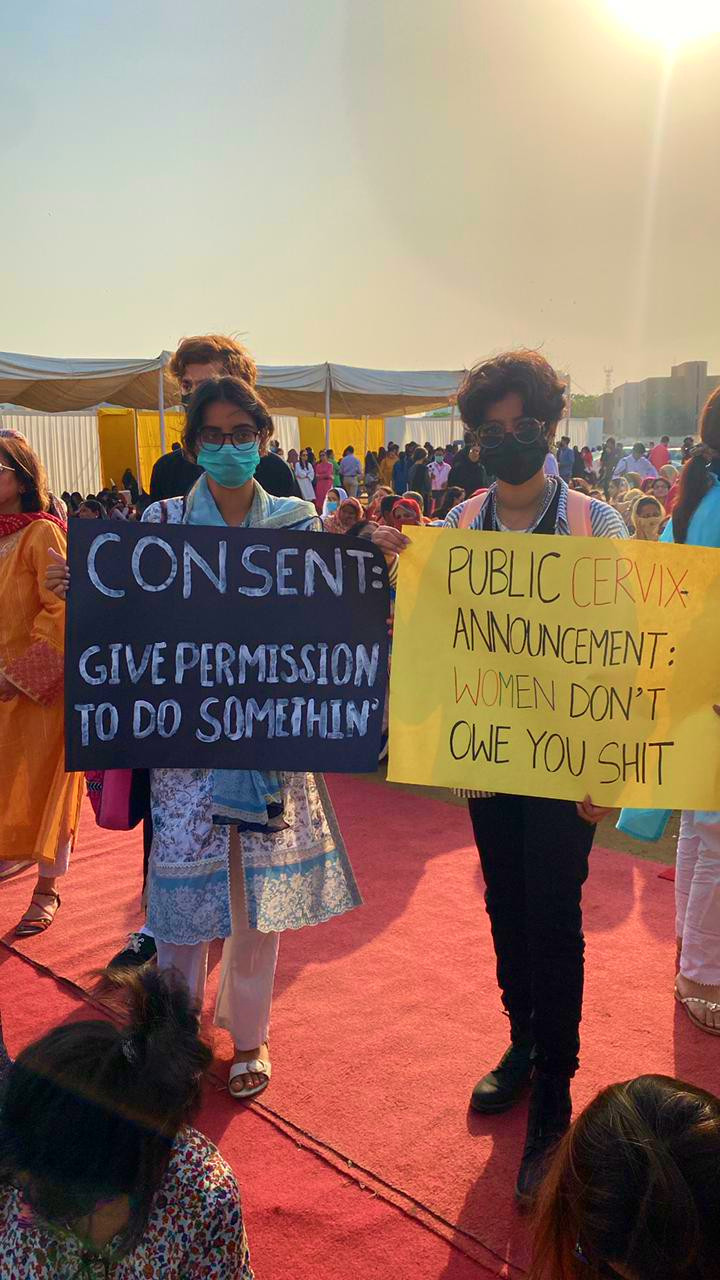
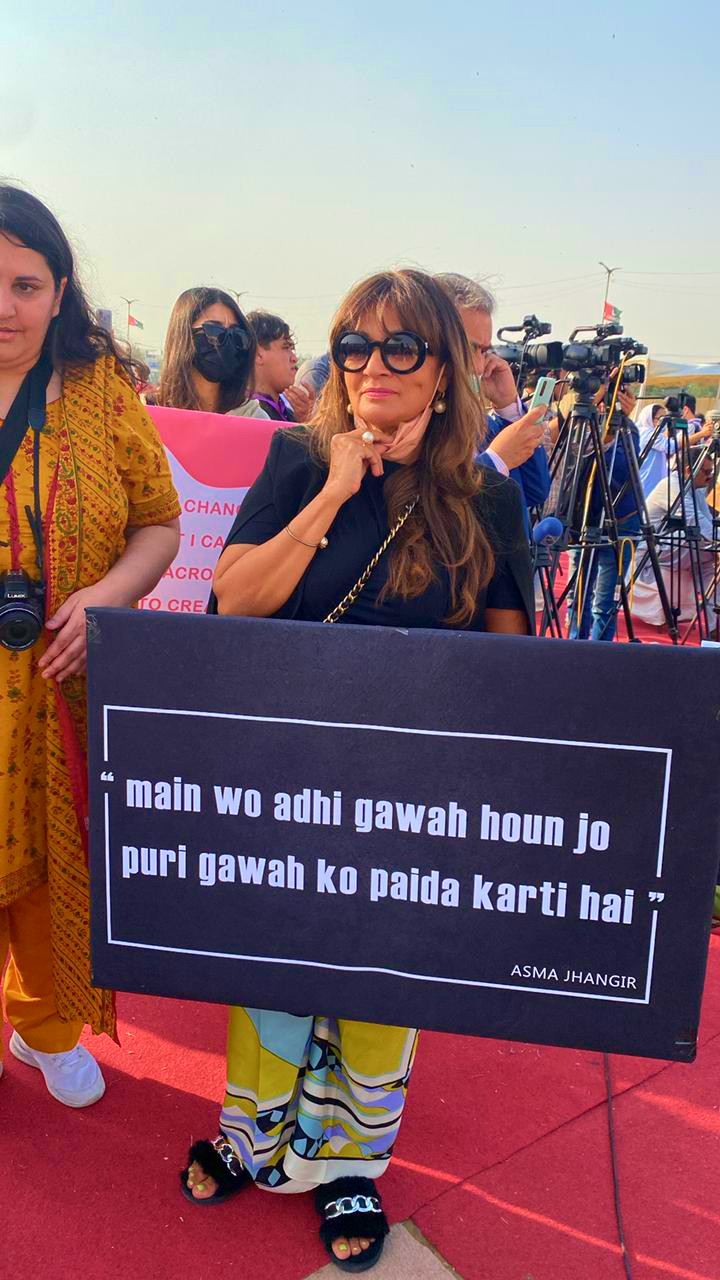
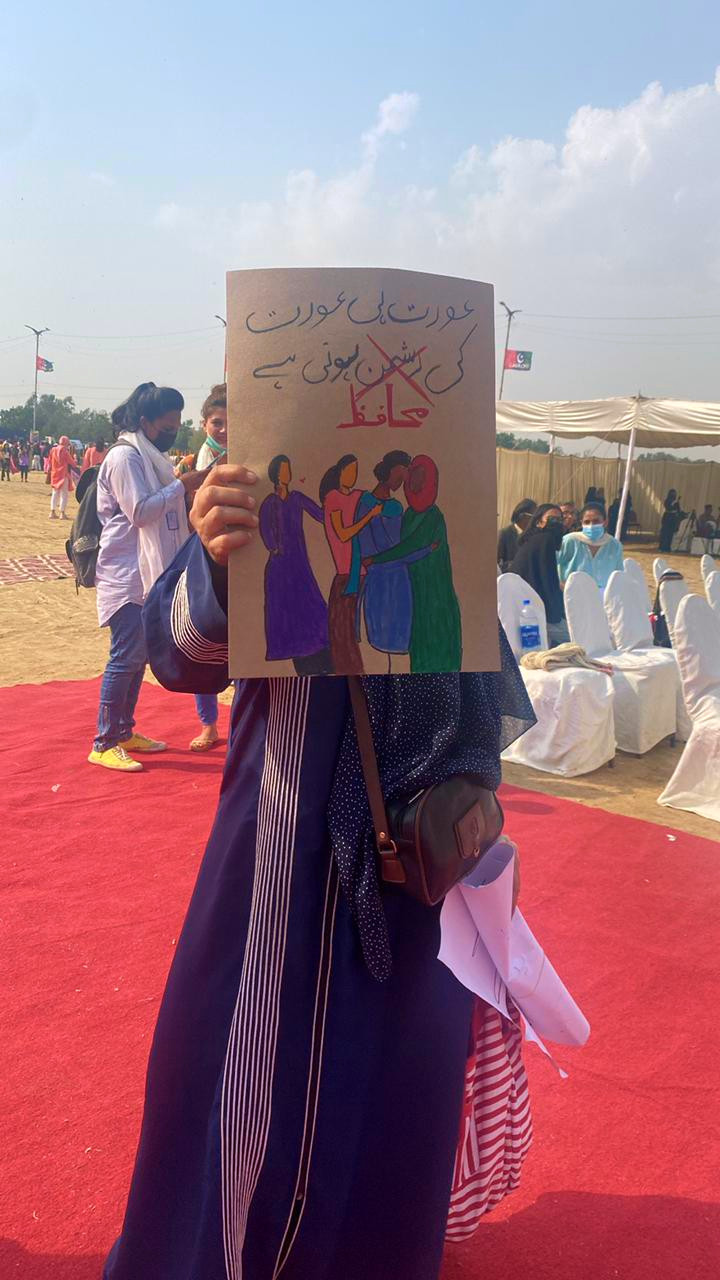
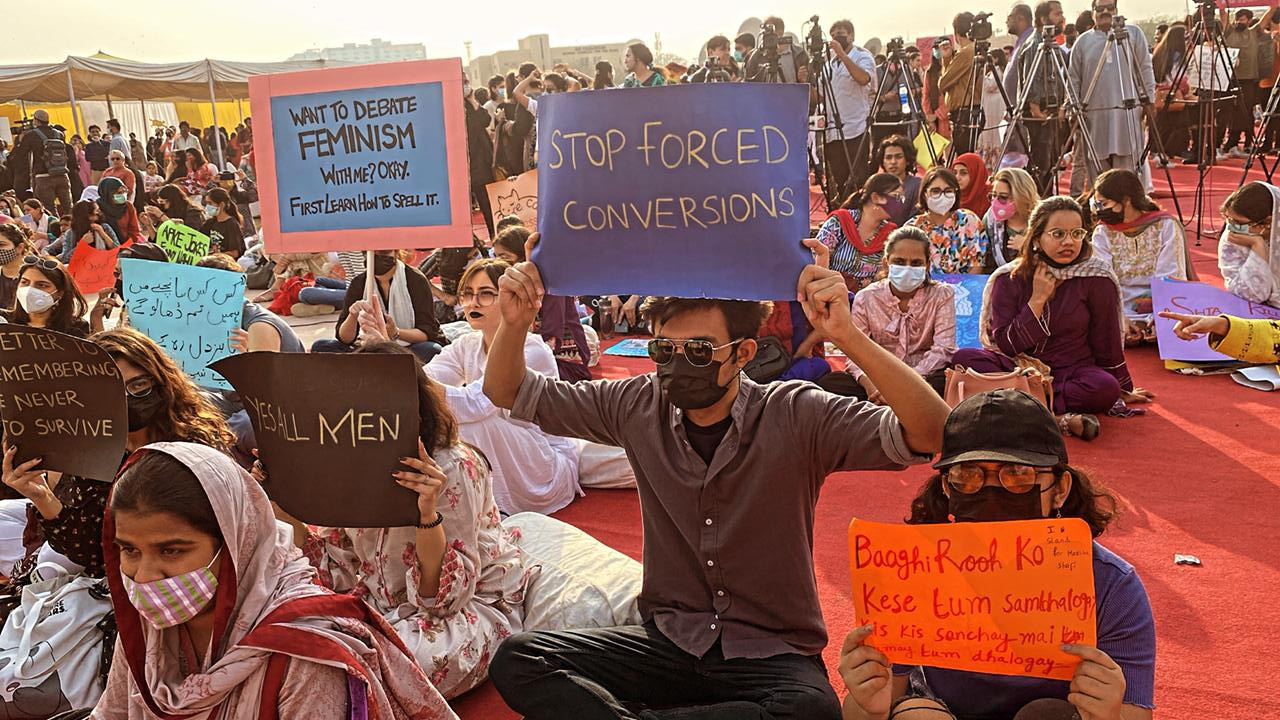
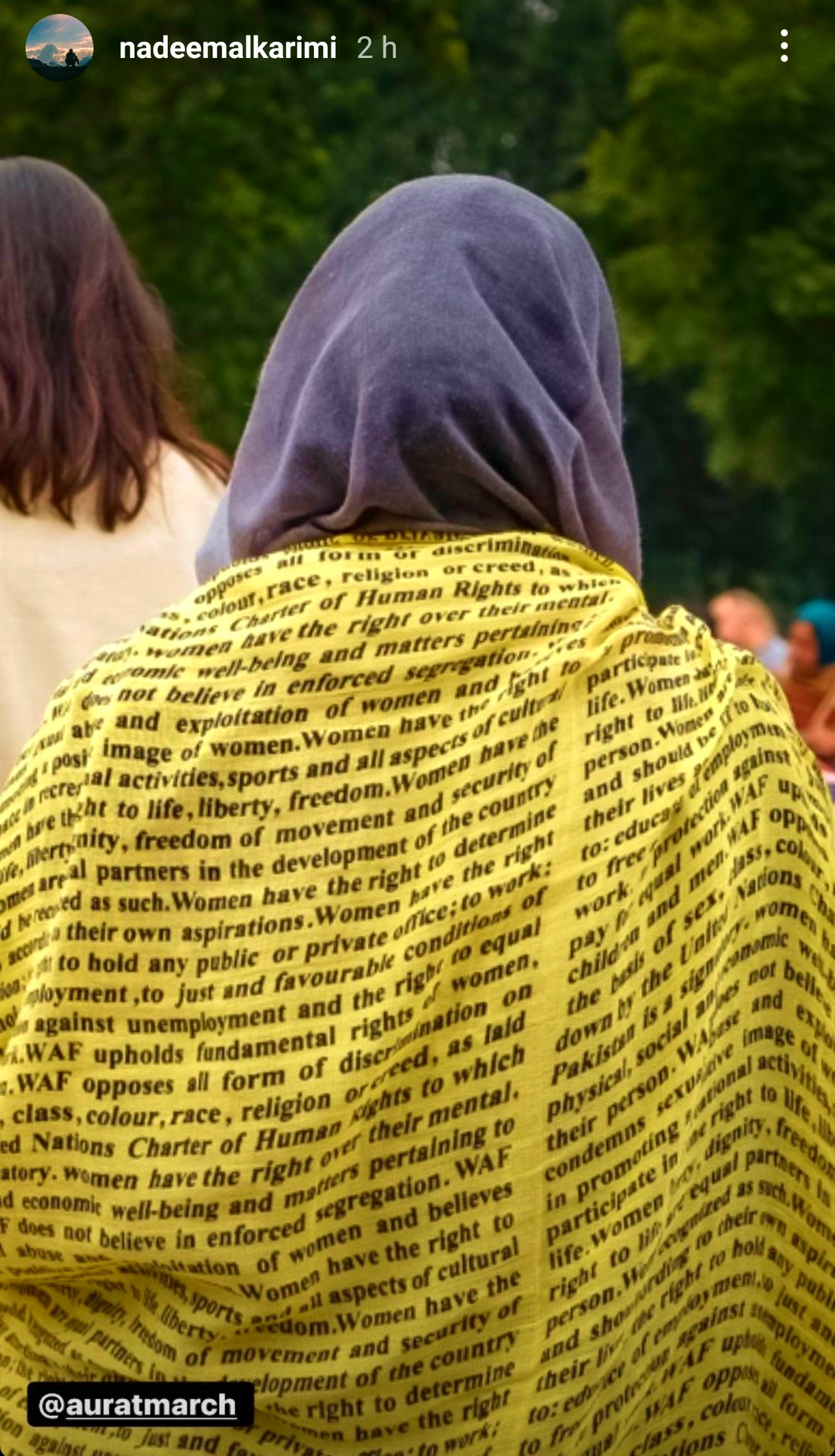
1646823060-3/IMG-20220308-WA0077-(1)1646823060-3.jpg)
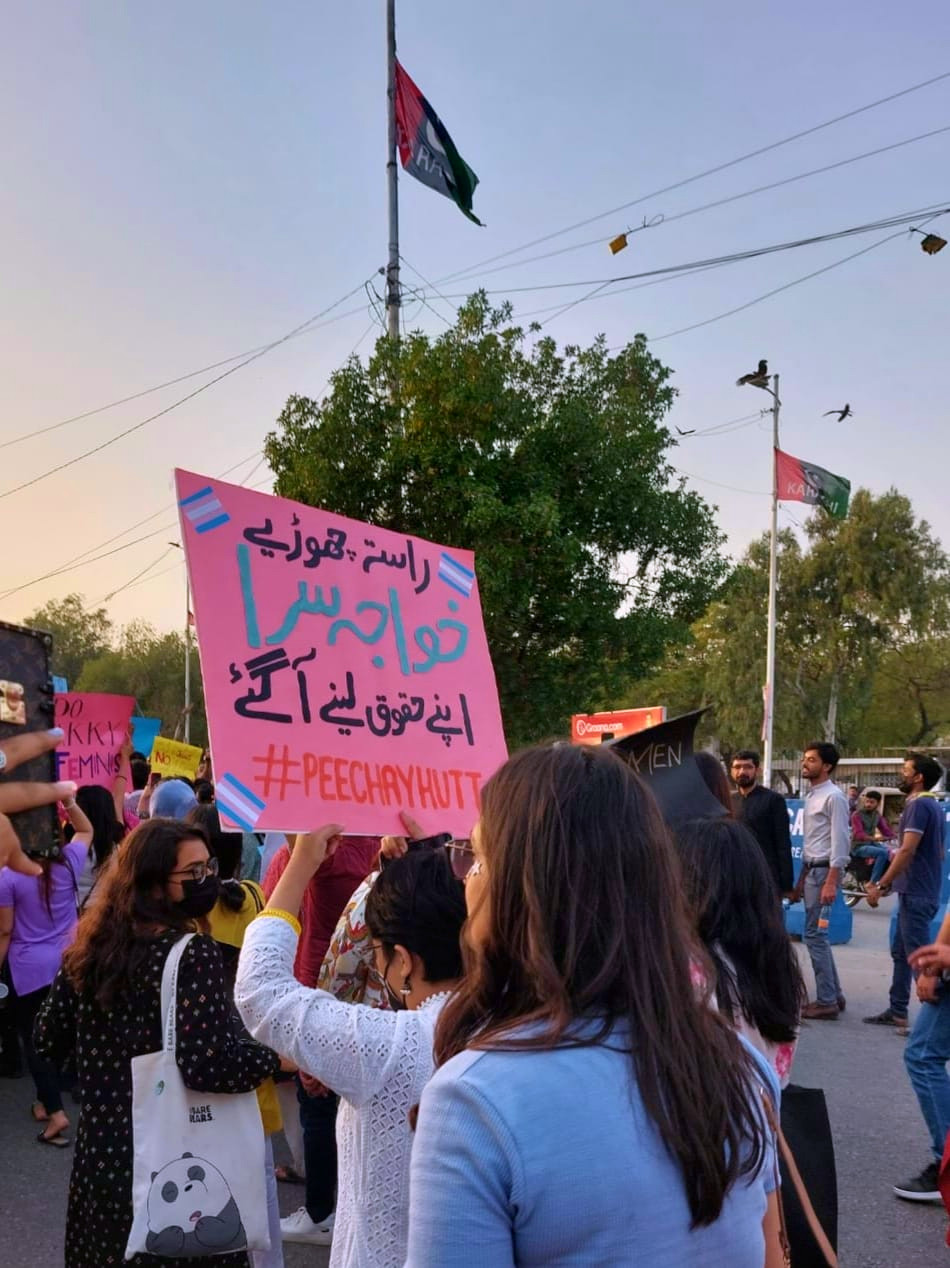
1646823347-0/3-(1)1646823347-0.jpg)
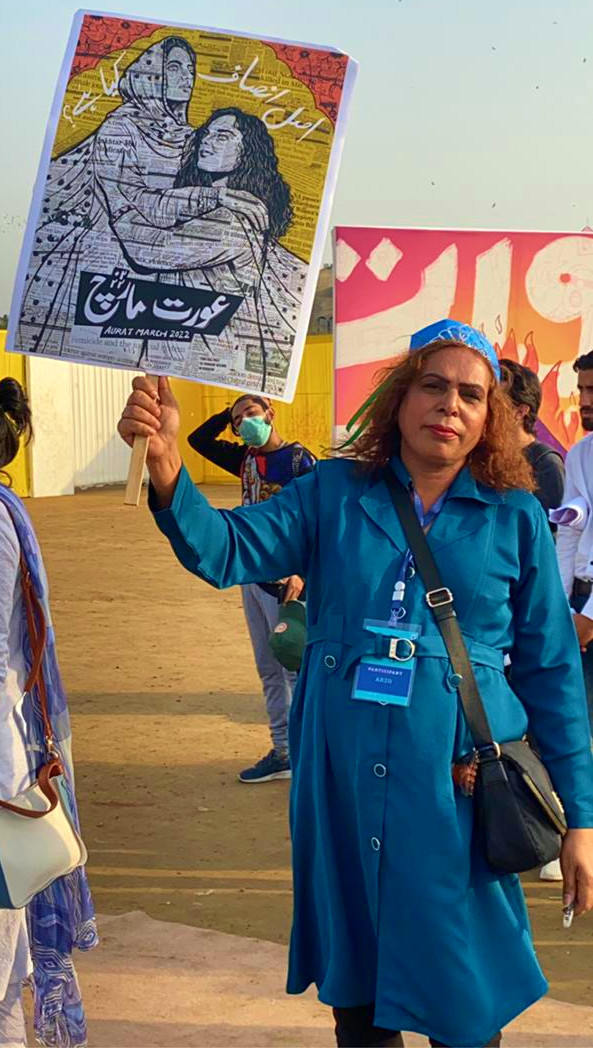
Have something to add to the story? Share it in the comments below.

--(1)1646820797-0/Main-(2)--(1)1646820797-0.webp)
COMMENTS
Comments are moderated and generally will be posted if they are on-topic and not abusive.
For more information, please see our Comments FAQ